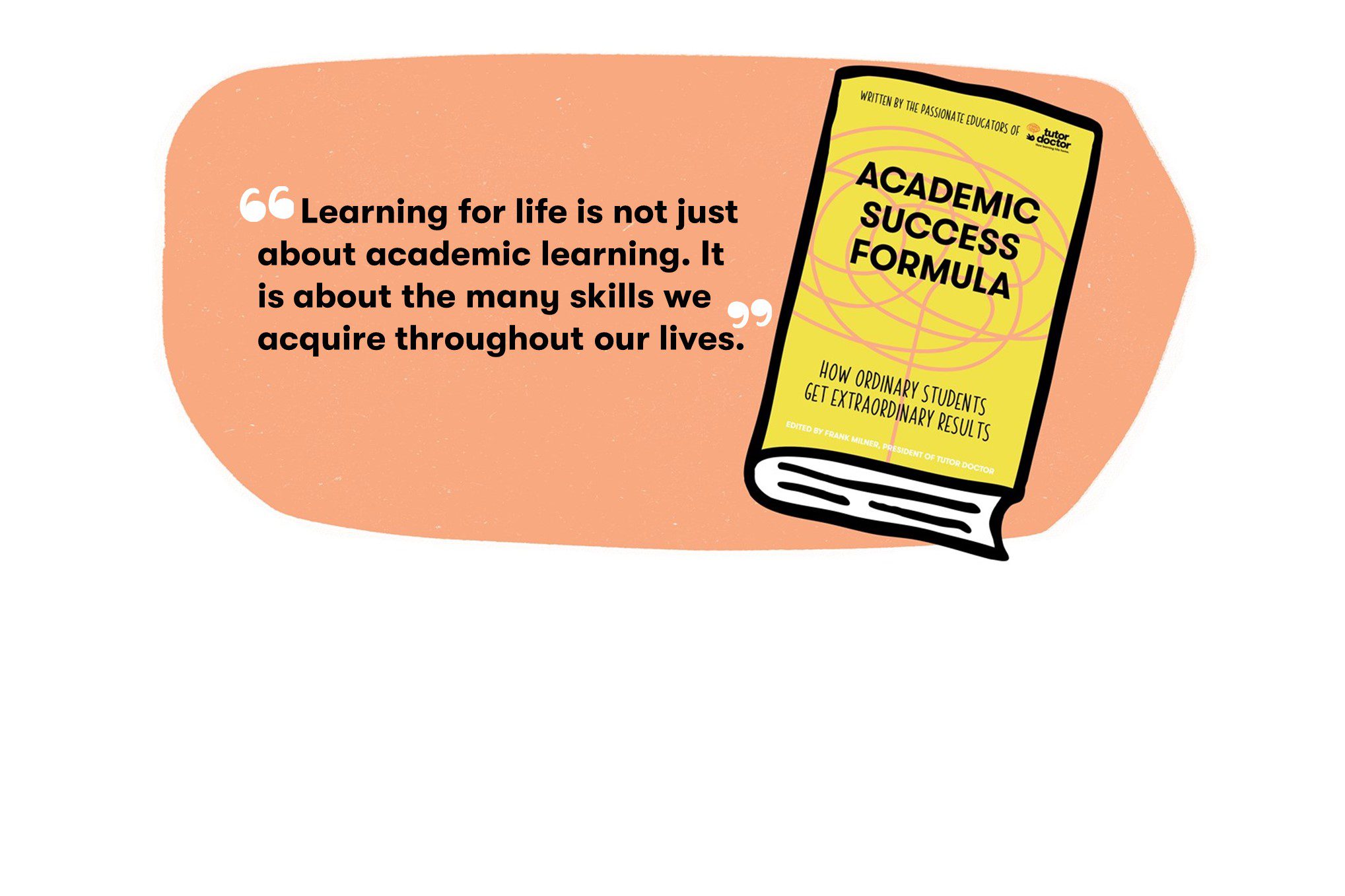Need help bridging the gap between classroom concepts and real life? Here’s how parents can support learning both at home and at school!
Classroom learning works for a reason
While parents can certainly encourage their children to practice good academic habits at school, it’s difficult to control what actually goes on inside the classroom on a daily basis. Fortunately, students are in good hands – classroom environments are specifically designed to facilitate learning, and teachers do an excellent job of maintaining focus and direction.
Classrooms are set up to minimize distractions for this exact purpose, and it’s the same reason why mobile devices typically aren’t allowed during school hours. By applying some of these same principles at home, parents can help provide a constructive environment that encourages active learning.
Study spaces are a big deal
As we’ve discussed on our blog many times before, one of the most common issues faced by tutors during initial sessions with students is figuring out where to begin the lesson. It’s incredibly common for students to attempt their homework in “busy” areas of the home, like the kitchen table or living room. While this arrangement may be convenient for the student, it doesn’t help to minimize distractions – especially if someone else is watching TV in the background!
Our best advice for parents is to provide a quiet, distraction-free study space for their students. We understand that not every family has access to a separate area of the home, and that’s completely fine! Many parents simply propose a “quiet hour” during homework time, ensuring that electronic devices are turned off beforehand.
Want more advice on creating a productive study space for your student? For Tutor Doctor’s expert tips, check out Improving Focus: How to Create a Study-Room Without Distractions.
Learning gaps are a bigger deal
Another topic we’ve discussed at length are learning gaps – specifically, past academic concepts that students still required extra time to fully grasp (but were unable to for one reason or another). While it’s true that learning gaps often form in a classroom setting – for example, when the class needs to move on to the next lesson but the student isn’t ready – there’s also another way learning gaps form: time.
This probably doesn’t come as a surprise to most people, but when we step away from a topic for a few weeks, it’s not always easy to “jump back into it.” Step away for a few months and it’s even harder. Unfortunately, this is exactly what students do every year through multiple holiday and seasonal vacations!
For the record, we’re certainly not trying to say that school breaks are a bad thing. Everyone deserves time off – especially our kids! However, it’s still a good idea for students to maintain some degree of academic activity during their time away from school. We’ve talked about the “summer slide” before – a concept where students lose several months of academic gains upon returning to school after summer vacation. In other words, staring at a screen for the entire duration of a holiday break isn’t recommended!
At the same time, the opposite isn’t beneficial either. When students overwhelm themselves with academic pursuits – like engaging in late night study “cram” sessions – they’re likely to get burnt out. Our best advice is to maintain a steady pace of academic activity throughout the year, regardless of whether school is in session or not!




